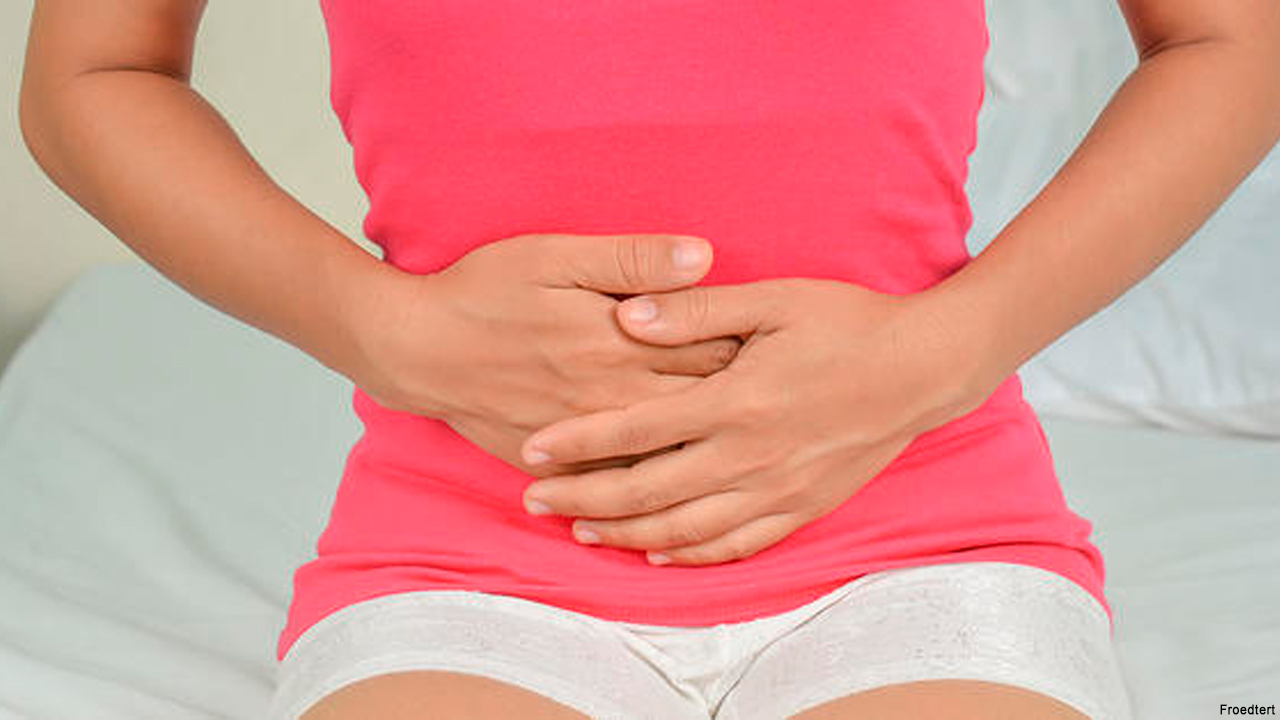Uterine fibroids are noncancerous growths of the uterus that often appear during the childbearing years. They never develop into cancers. The size of fibroids varies from tiny structures to bulky masses that can distort and enlarge the uterus. There can be multiple fibroids simultaneously.
The prevalence of fibroids is reported to be 37.65 percent in the rural population and 24 percent in the urban population.
Many fibroids don’t show any symptoms. The females might have but are not aware of it. The presence of these kinds of fibroids is discovered through any pelvic examination or prenatal ultrasound.
Symptoms
- Heavy menstrual bleeding
- Menstrual periods lasting more than a week
- Pelvic pressure or pain
- Frequent urination
- Difficulty emptying the bladder
- Constipation
- Backache or leg pains
Causes
- Genetic changes
- Hormone
- Other growth factors
- Extracellular matrix (ECM) - ECM is the material that makes cells stick together, like mortar between bricks. ECM is increased in fibroids and makes them fibrous. ECM also stores growth factors and causes biological changes in the cells themselves.
Risk factors
- Race - Black women are more likely to have fibroids than women of other racial groups. They are also likely to have larger fibroids than usual at a younger age.
- Heredity - If your mother or sister had fibroids, you're at increased risk of developing them.
- Others
- Periods starting at an early age
- Obesity
- Vitamin D deficiency
- Taking a diet higher in red meat and lower in green vegetables
- Alcohol consumption
Some fibroids can cause interference with getting pregnant. It may cause certain pregnancy complications such as placental abruption, fetal growth restriction, and preterm delivery.
When to visit the doctor?
- Prolonged and painful periods
- Pelvic pain that doesn't go away
- Bleeding between periods
- Difficulty while urinating
- Unexplained low red blood cell count (anemia)
Treatment
- Hysterectomy
- Laparoscopic Myomectomy
- Fibroid embolization – Most advanced treatment.
Experts say that the earlier the diagnosis and treatment start, the easier and more effective the outcome is likely to be.
However, making certain lifestyle modifications like maintaining a healthy weight and eating fruits and vegetables may decrease the risk.
(Disclaimer: The content on this site is for informational purposes only, and should not be taken as professional medical advice. Always seek the guidance of your doctor or other health professionals for any questions you may have regarding your health or a medical condition.)

 Often mistaken for uterine cancer, uterine fibroids are noncancerous growths of the uterus that never develop into cancer. It is mostly seen during the reproductive years in females. It is more prevalent in the rural population than urban. However simple lifestyle modifications are a great help in the treatment.
Often mistaken for uterine cancer, uterine fibroids are noncancerous growths of the uterus that never develop into cancer. It is mostly seen during the reproductive years in females. It is more prevalent in the rural population than urban. However simple lifestyle modifications are a great help in the treatment.










.jpeg)



.jpg)




.jpg)





.jpeg)

.jpg)


